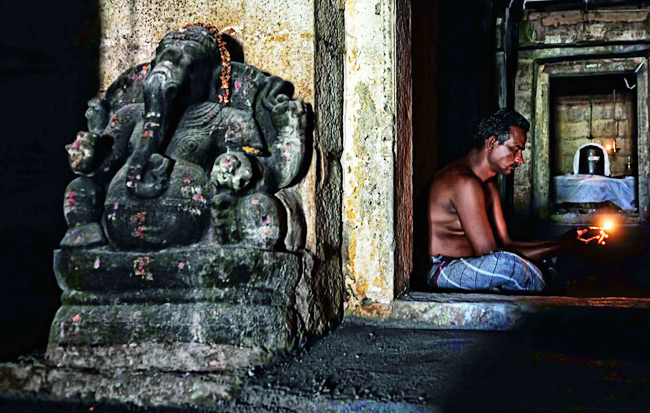
Palaniswamy, whose family guarded Brihadeeswara Temple in Sripuranthan for centuries, lights a lamp at an empty spot now.
Reality ends beyond the cracked mud huts of Sripuranthan, 300 km off Chennai. A rubble path winds past scraggy cattle and frolicking children, into the eerie quiet of a tumbled ruin: Brihadeeswara temple. A man-sized stone warrior guards the doorway, half-sunk in sand. Hundreds of bats whirl overhead, shrieking at the intrusion.
Exposed beams, textured by time and mould, add to the musty smell in the air. Cobwebs on prayer lamps enhance the sense of abandonment. The altar is stripped bare, like a frame without a picture: It’s a temple without a god. The 1,000-year-old guardian of the temple, Shiva Nataraja, is missing from his abode.
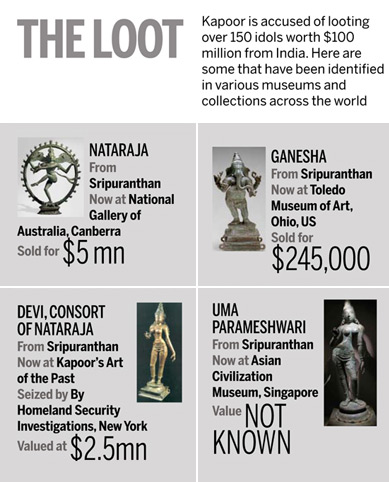
But all is not lost
The Lord of Cosmic Dance has travelled 9,000 km to the National Gallery of Art (NGA) in Canberra, Australia. How did he get there? Ask Subhash Kapoor, 65, a New Delhi-born and New York-based antiquity dealer, considered an art connoisseur as well as one of the biggest idol smugglers in the world. He sold the Nataraja to NGA for Rs.31 crore in 2008. Ask the men of the Idol Wing, the antiquity theft squad of Tamil Nadu Police’s Economic Offences Wing (EOW.) They will tell you how the master art thief worked a network of lowlife criminals to loot timeless treasures and sell them to the highest bidder. Ask the Homeland Security Investigations (HIS) of America. They accuse Kapoor of stealing over 150 idols worth $100 million from India. The missing god is at the centre of a curious trial that has just started in a district court in Tamil Nadu.
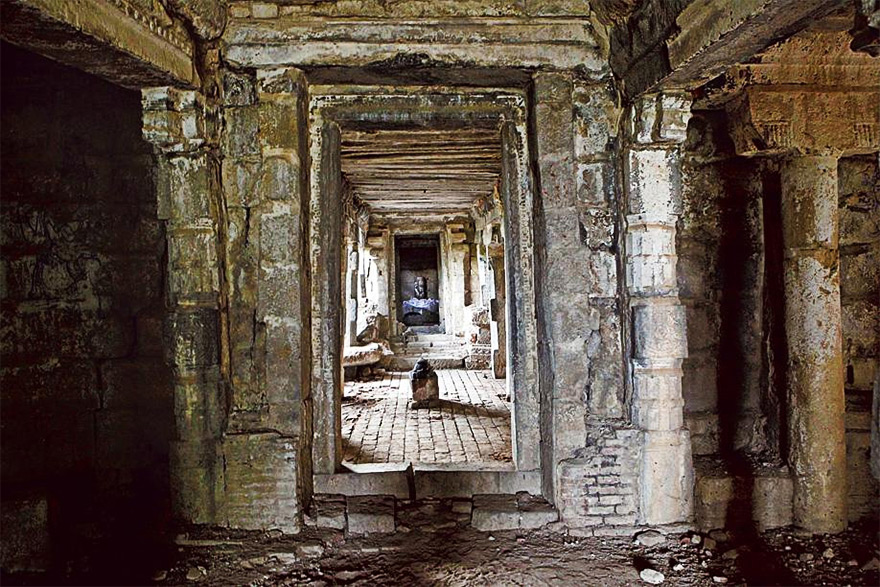
It’s the old story of human greed and relentless pursuit of profit. But it’s new in its span, complexity and daring. It blends two vastly different worlds, art and police intelligence, spanning across continents: India, Thailand, US, UK and Australia. “Art and antiquity theft is one of the most lucrative crimes,” says IPS officer Prateep V. Philip, currently additional director general, EOW, in Chennai. “It outbids drug trafficking, arms dealing, and money laundering.” Hence the odds of recovering stolen treasures are abysmal, one in ten. But in this case, the Idol Wing has managed to trace eight of the 28 idols stolen from Sripuranthan and the nearby village of Suthamalli, to various museums and galleries across the world. The case promises to be one of the most significant courtroom tests on how to track art and antiquity crimes in an increasingly networked world. But ultimately it’s a searing morality tale, where arrogance, pride and hubris lead to individual downfall.
A mastermind
Is there anything unique about Kapoor? Yes, say the officers of EOW: His right ear is half-bitten. It happened when he was kidnapped as a young boy. His captors had chewed off half his ear. Anything else? Yes. The divorcee has left a trail of girlfriends across continents who help him in fabricating documents. In fact, it is a ditched lover who provided vital clues to the Interpol.
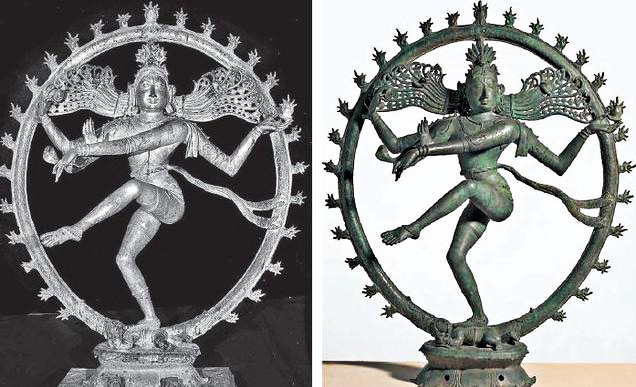
Police find visual match between the Nataraja stolen from the Sripuranthan temple in Tamil
Nadu (left) and the sculpture displayed at the National Gallery of Australia, Canberra (right)
Kapoor possibly learnt his trade from his father. Parshotam Ram Kapoor, who had a gallery in Delhi which allegedly trafficked in stolen antiquities sourced from temple thieves of India, Pakistan and Afghanistan. “Kapoor, too, has contacts spanning across India, Pakistan, Afghanistan, Bangladesh, Hong Kong, Indonesia, Dubai, Cambodia and Bangkok,” says Philip. Kapoor and his family earned a reputation as respectable and enlightened art collectors in the US. “But that was a front,” says Philip. Kapoor roamed the London and Frankfurt book fairs, bought books, did his research and then travelled to countries rich with objets d’art, set up middlemen who could procure those and used a wide network of collectors, museum curators and dealers to ship and sell his ill-gotten art with fake documents.
Big man, big money
It’s hard to imagine Kapoor at the district court of Jayankondam. About 270 km away from Chennai, it’s a rural outpost that has suddenly spouted wings on huge lignite deposits, new power, mining and cement factories. But at its core, it remains a small temple town. No other language but Tamil works here (no wonder, Kapoor asked for a translator). ‘Nidi Turai Kutravial Naduvar Nidhimandram,’ reads a signboard on the judicial magistate’s court, a colonial red brick building with a high ceiling and slow-spinning fans, crammed with litigants, lawyers, visitors and touts. Lawyers here often boycott proceedings demanding “better courtrooms”. Clad in crisp blue business shirts, with a white towel covering his face, Kapoor comes here in a prison bus to attend the hearings. The only thing he says is that he is innocent: “They have no case.”
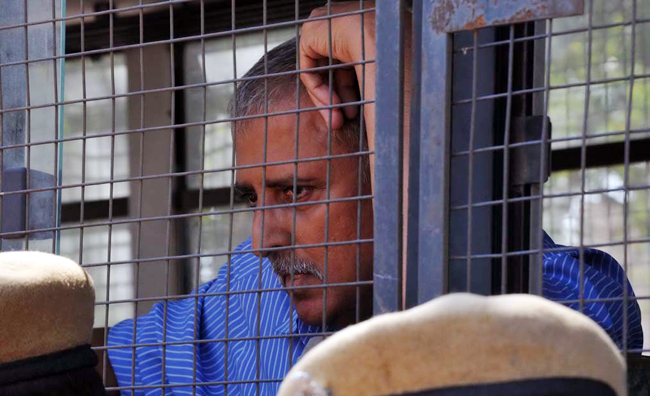
Subhash Kapoor was at Frankfurt book fair when interpol detained him.
A far cry for a man who spent more than 30 years in the tony ZIP codes of Manhattan, New York. With his flourishing private museum, Art of the Past, Kapoor hobnobbed with the well-heeled and well-funded, was the person to drop in on for anything to do with Indian art and was ever-present at major art dos across the world. He also ran a fine-art storage business, Sofia Storage, and a lucrative import-export business of antiquities, Nimbus Import Inc, in New York.
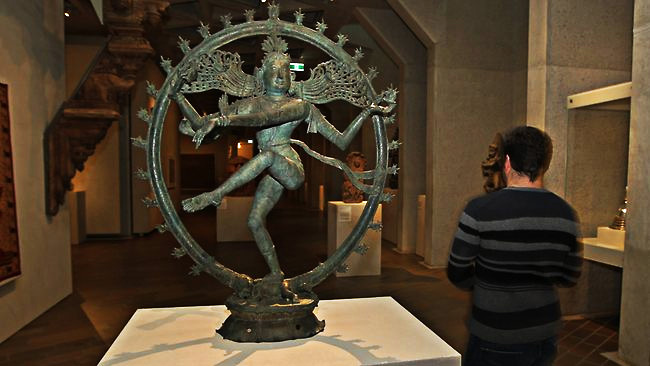
According to A.G. Pon Manickavel, deputy inspector general and in-charge of the Idol Wing, Kapoor stayed at the five-star Taj Connemara hotel every time he visited Chennai and met local art dealers. The network of local temple thieves was lured with the promise of big money. By his own confession to the police (later retracted), he had paid $700,000 through his HSBC Bank account for the 28 idols-nothing compared to what he earned for them, but big enough to lure the thugs. “The client is a big man. Stick with us and you will get so rich that you won’t have to work ever,” one of the seven local thugs, Marisamy, was told after he handed over 10 idols and received Rs.25 lakh.
Unsafe for gods
No one really knows when the temples were looted. No one guessed that the three-foot, 150 kg Nataraja was one of the finest specimens of Chola art. Made of metal alloy, pancha loha, with one part gold and the rest silver, copper, bronze and lead, it didn’t just have sacred significance. It was also immensely precious and expensive.
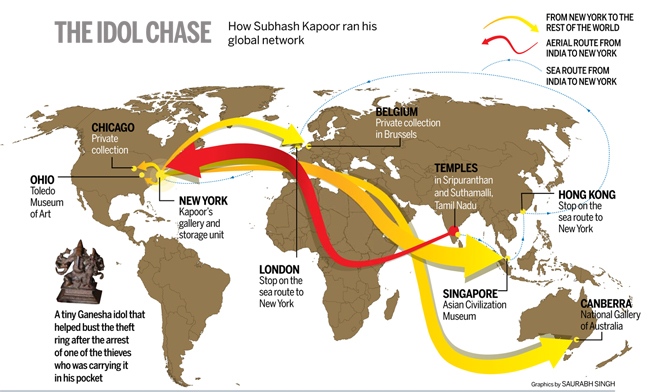
With the local priest of Sripuranthan packing up and leaving for Chennai around the mid-1970s, daily worship had stopped. “About 10 years ago, there was an attack of visha vanddu, poison bugs,” says 35-year-old Palaniswamy, whose family has watched over the temple for generations. Villagers followed a tradition of bringing an idol of mother goddess, Kaliamman, over to the Nataraja temple once every three years to celebrate harvests. During one such occasion, swarms of highly venomous giant hornets had attacked villagers. Ever since, the big black door had stayed shut, the ancient padlock gathering rust. And people forgot about it, making it extremely easy for professional and knowledgeable temple thieves to raid and loot.
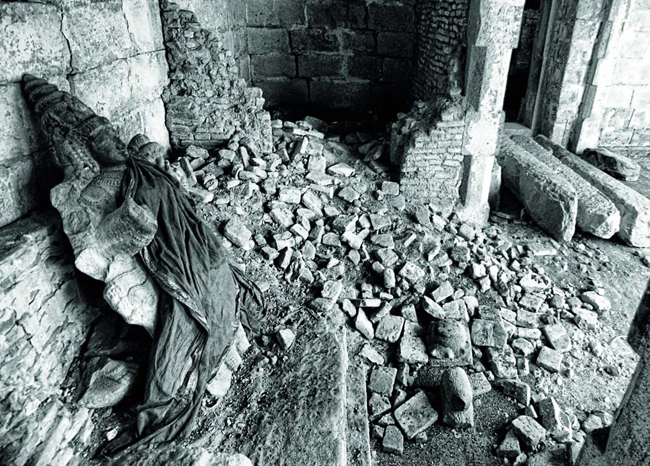 Daily worship had stopped at the 800-year-old Sundareswara Temple in Suthamalli.
Daily worship had stopped at the 800-year-old Sundareswara Temple in Suthamalli.
In nearby Suthamalli, daily worship had stopped at the 800-year-old Sundareswara temple. With cracked beams and sagging ceiling, about 10 bronze idols were moved to a smaller Vishnu temple, Varadaraja Perumal, close by. It was guarded by an old village woman, Kalyani amma, who lived in a little hut next to the temple. She had the keys and wouldn’t let anyone in. But Kalyani left the village suddenly, making the temple an easy prey for looters.
It happened one night
They came in the dead of night. Seven men in a lorry-sometimes together, sometimes in batches. They had come before to do a recce. And they had no fear of god, they had stolen enough temple treasures. All that mattered was money and they had been promised a lot by a Keralite art dealer Sanjeevi Asokan of Chennai, who they trusted and who knew old temples in and around Tamil Nadu like the back of his hand. He was looking for antique metal idols of the Chola era for a big client and had discovered that the Sripuranthan and Suthamalli temples were crumbling, locked and unused.
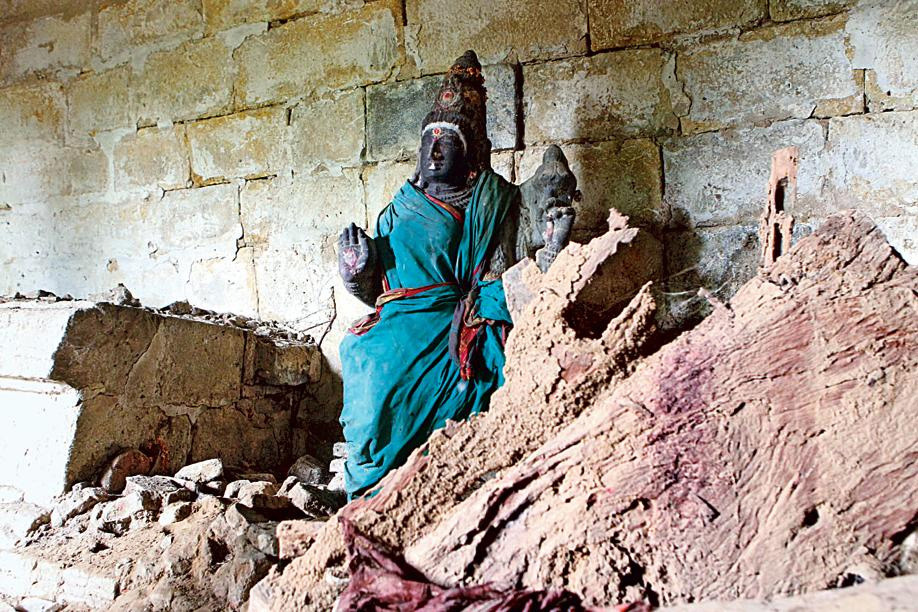
According to the confession reports of two of the temple thieves, Rathinam and Pitchaimani, one night in January 2006, they parked a lorry on one side of the wide bed of a dried-up lake near the Nataraja temple, far from the village. They just pulled at the temple’s lock and it came unstuck. They removed three of the eight idols inside, glued the lock back together with adhesive and left. Asokan collected those, purchased new, cheap statues that looked similar and mingled the lot together. He bribed some customs officials and obtained an export certificate for what he claimed was a handicraft collection. This was then shipped from Chennai harbour via Hong Kong and London to Kapoor in New York.
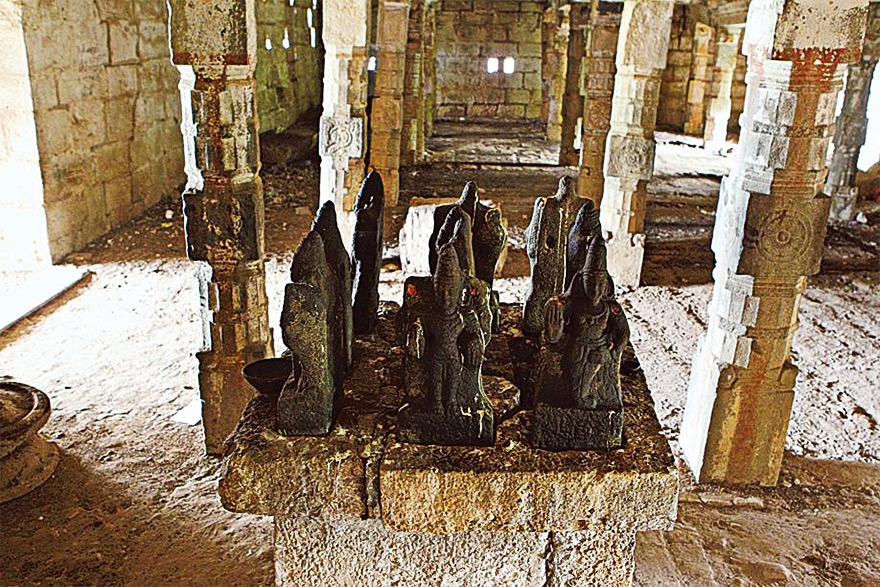
All was well until June 2008, when officers from the Tamil Nadu Hindu Religious and Charitable Endowments (HR&CE) Department turned up in Sripuranthan, suggesting that the idols be taken away for safe storage. Unwilling to hand over their gods, the panchayat promised to secure the Lord Nataraja with a collapsible iron gate. In August, as a crowd gathered for gate installation, the lock was found to be broken and precious idols missing. The story of looting 18 idols from Suthamalli in February 2008 is exactly the same. By the time the theft came to light two months later, when a visiting priest opened its doors, the idols had already reached Hong Kong.
Ganesha gives a clue
It’s a tiny four-inch Ganesha that in a way solved the case, says DIG Pon. The intricately carved and uniquely styled Vinayagar with Devi is one of the rare representations of the god, with mother Parvati sitting on his lap. According to Pitchaimani’s confession, he had found the tiny figure and put it in his pocket during the Suthamalli raid. When others objected and threatened to report him to Sanjeevi, he had said, “I don’t care.” That proved to be his undoing. While on a trip to Kerala, the police stopped the car he was in to check if he was smuggling alcohol. They found the little Vinayagar, suspected antique theft, arrested him, and alerted the Tamil Nadu Police. Pitchaimani says in his confession report that ever since he was arrested for the Ganesha, his family faced great hardship: “My reputation was lost. Nobody would lend us a rupee. I could not take it anymore.” He decided to spill the beans. In the meantime, the Idol Wing had arrested three men in another case. One of them, Rathinam, part of the temple heist team, also decided to confess.
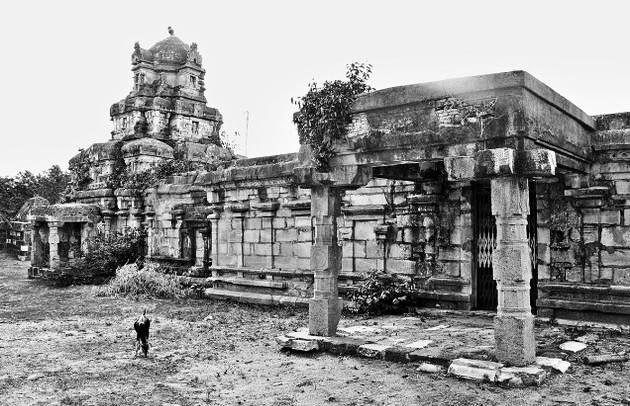
And Kapoor emerged as the mastermind. Accordingly, all the accused were arrested. Once the Idol Wing collected relevant documents, evidence, customs bills, courier receipts and bank documents for every transaction, the CBI floated a Red Corner Notice to the Interpol. Kapoor was detained at Frankfurt airport in 2011, while attending the book fair. Since 2012 he has been lodged in judicial custody at the Puzhal jail in Chennai.
Pictures don’t lie
The biggest weakness of the case was that there was no photographic evidence linking the idols to the temples. The investigation faced a roadblock because the HR&CE has no data or documentation and initially claimed that no theft had taken place. Public memory was also not reliable, as villagers do not photograph their deities and daily worship had stopped at both the temples years ago.
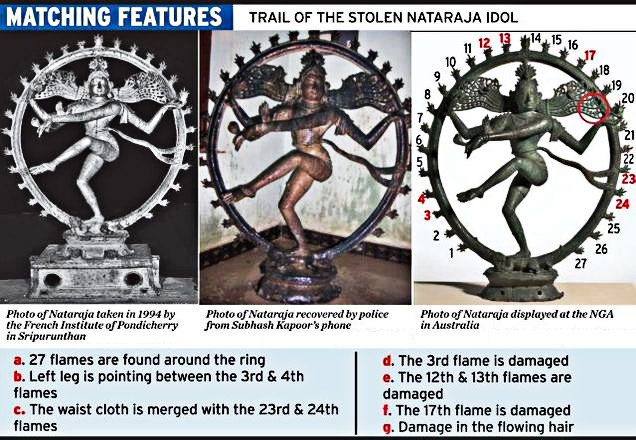
Unexpected help came from the Indologists of the French Institute of Pondicherry (IFP), which has been documenting temples of South India over the decades. “We have an almost fully digitised archive of 150,000 photographs, more than half of which are from Tamil Nadu,” says N. Murugesan, researcher of photo archives at IFP. “Our scholars had taken photographs of both the temples during field trips. When the police approached us, we could give them clinching photographic evidence, going as far back as 1958-1961 and as recent as 1994, matching the idols displayed at NGA as well as images recovered from Kapoor’s phone. It’s on the basis of these that the Interpol arraigned Kapoor.
“Criminals sometimes are over-confident,” says Philip. “However smart, they leave tell-tale evidence.” Nobody could have touched Kapoor but for the footprints he left in court and on the Internet, by engaging in acrimonious exchanges with a former girlfriend. Paramaspry Punusamy, a Singapore-based gallery owner, had been dating Kapoor since 1997. Born to a Tamilian father and a Chinese mother, she used to sell Kapoor’s artefacts. But sometime in 2008, they broke up. And soon, Punusamy began posting vitriolic messages on museum websites, on chat threads, in blog posts, questioning his credibility. It ended up in a legal suit at a Singapore court in 2010, with the two suing each other for millions of dollars. They just gave investigating agencies- the CBI, HSI and the Interpol-the leads to trap Kapoor.
Wrath of Shiva
Beware the wrath of Shiva. The Lord of Sripuranthan is dancing his terrible cosmic dance, villagers whisper. He won’t stop until he returns home. Nor will he rest until the raiders who sold him are scorched by his fire. Palaniswamy, who was suspected by the police as an accomplice, is overjoyed. “I was innocent. So the gods made sure that real thieves were caught,” he says.
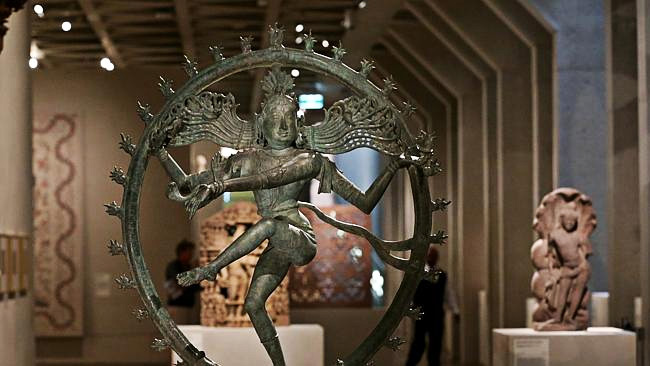
Six of the 28 gods have already been identified in museums and private collections across the world: Canberra, New South Wales, Chicago, Ohio to Singapore. The Australian government has ordered NGA to remove the Nataraja from display. EOW has started a census of the 45,000 temples of the state. But with the trial on course, the villagers are desperate to claim their god back. They are raising money to repair the temple. “When are you bringing him back?” asks a woman casually as she strolls by, dragging a goat on a string. But will Nataraja want to return to a nation that allows cobwebs to settle in temples? The outcome of the case will tell if his wrath has been appeased for now.
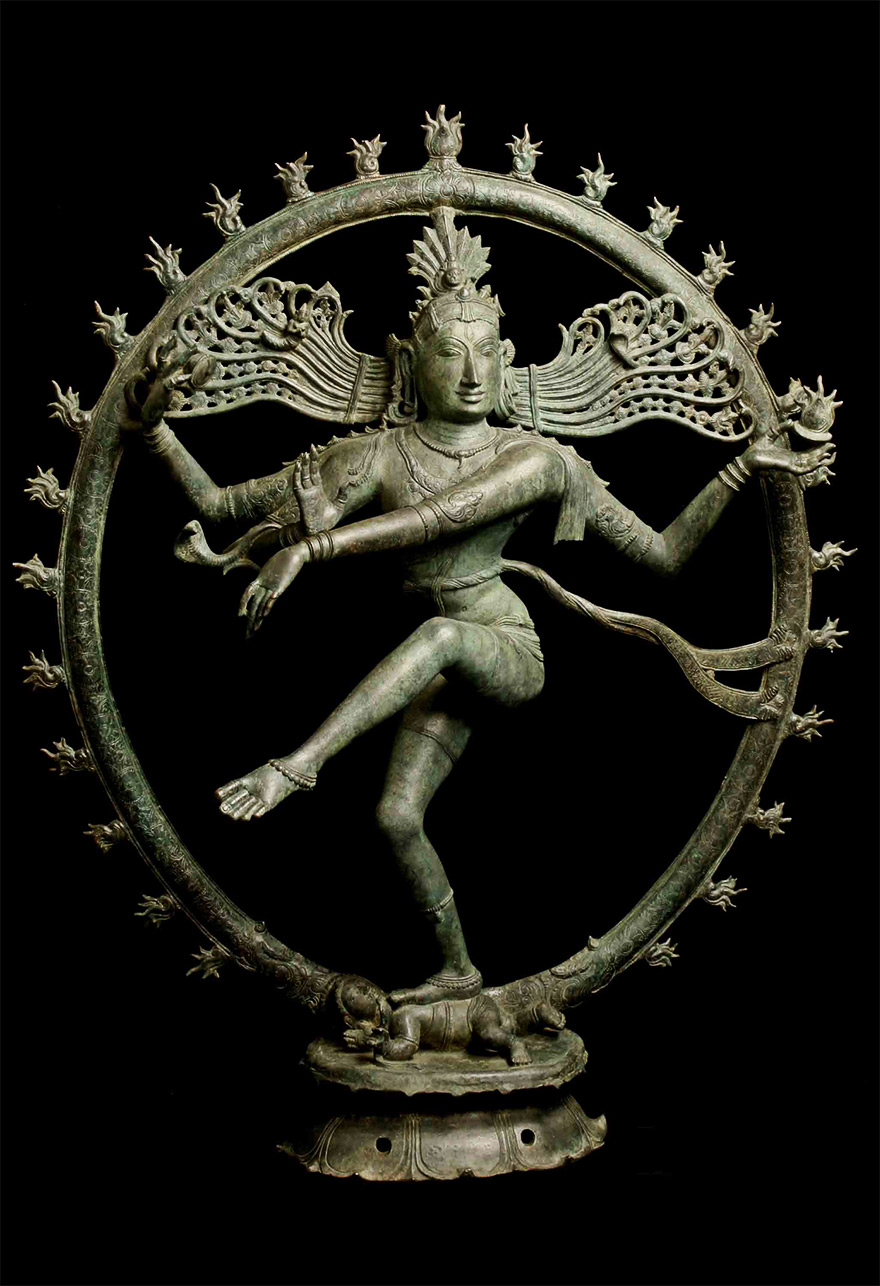
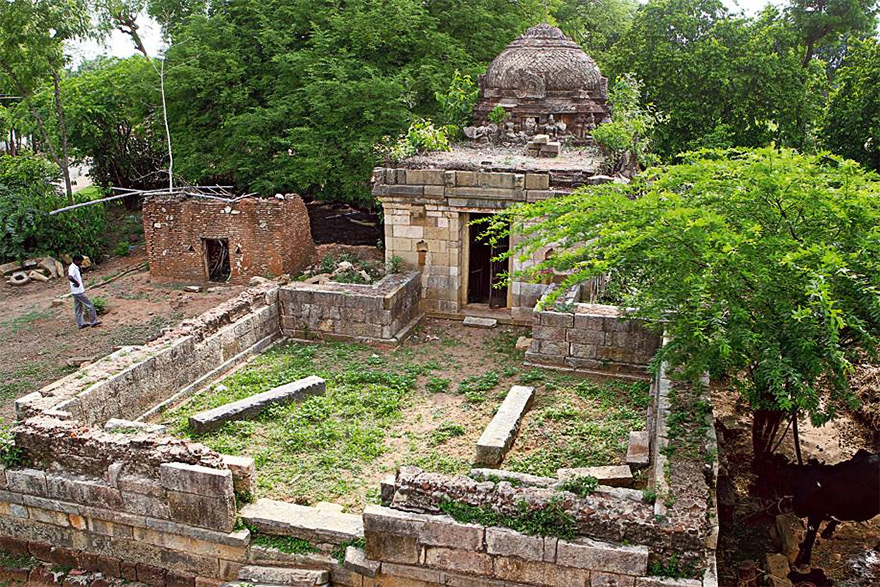


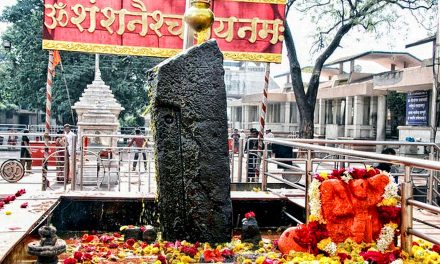









stunned
Well presented article – with a gentle admonishment of the worshippers.
History is remindful – yet somehow mankind forgets the old and tried and tested when some other new representation is seen in the present times. It would be very good if one were to remember that history is being created as we read this. Let all strive not to allow a repetition of the events as they have described in this article.
Truth never fails. King punish immediately, but God punish slowly and harmfully. Siva’s asset lineage destruction.
Thieves like Kapoor, and the many related gang members should b e hanged, for they have put India and her rich treasures very cheap on the international market as very cheap.
Thieves like Kapoor, and the many related gang members should b e hanged, for they have put India and her rich treasures very cheap on the international market as very cheap.
The Land in which They are Born, shall not excuse them, for it is known as DESH DROHA. He has to rot a lot in Hell, for stealing objects from temples. Known that anything that is taken, nor stolen from temples, the accumulation of karma accumulates and results in unwanted miseries and sufferings giving rise to unrest in families, undue sufferings of health, depreivations to life and many things that account for.
It is indeed, a shame to have people who are looting India’s wealth and treasures and selling them into the international market. Good tidings to them, shall not be seen, wait and see, nature shall reply.
When the spirit of patriotism is lost, what else can happen other than robbing the National antiques for petty sums of money. May God guide their intellects on righteous path.
GOD MEANS LOVE AND AFFECTION.
ALL LIVING CREATURES INCLUDING THE THIEVES ARE GOD’S CHILDREN
LET US PREY FOR GOD’S MERCY ON THESE THIEVES ALSO TO LEAD A PURE LIFE WITH SATHYAM AS THEIR VIRTUES.
I am from South Africa and this article is shocking – we are having this crime in our temples here – our temple was broken into 7 times last year and our Nataraja statue was cut into pieces because here in South Africa the people on drugs take it to people that buy brass and copper – it is a thriving market. But this article makes my heart cry.
Feel very upset seeing the state of temples. I had been to these temples some 3 decades ago. The whole of village and the surrounding villages are full of drunkards and mostly followers of athiesm – mostly follower of one dravidian party known for anti hindu practices. These villages dont have proper rainfall and they live mostly on rain water. There was a lake near the govt high school which was the only drinking water source for the whole of the village.
These people drove away the brahmin pundits from the villages by not paying them proper wages and disrespecting them, and also deserted the temples which were built more than 1000 of years ago, by doing so they earned the wrath of the God, still doing the same. Also there is one famous Vishnu temple in this same village, from which also the idols have been looted only fallen structures remain there. I could not control my emotion when I visited last year to attend a family event. I pity the village people for having believed these dravidian party which made them disrespect their own village history and their own ancestors and beliefs.
Ultimately God punished the Culprits. Better Late than Never. We must thank the Investigation team and IFP to put their efforts in finding.
Recently Austalian government has handed over the 2 stolen idols present in their MUSEUMS & US is investigating the case to return the stolen idols available with them and undoubhtedly we will get back our heritage idols/monuments back.
In such a way I believe that we can get back the Prestigeous KOHINOOR back to INDIA by negotiations.
I assume that this is only possible with MODI & BJP government (present).
y our own hindus do this for money y r they so gready god will surely punish them i hope god makes them suffer in life for doing this robbing gods statues what ashame govt should take away all their property n money leave them with nothing. i dont like anyone doing this wid our country. paapi idiots